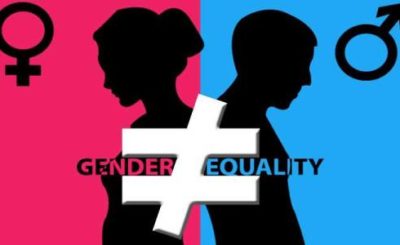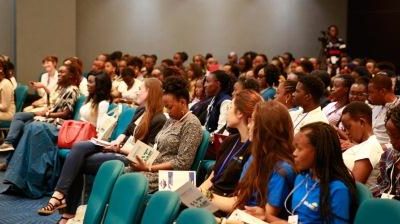How do women-led tech startups fare when it comes to fundraising?
Not that well.
While money is a key ingredient to startup survival and growth, men and women founders do not have an equal chance of getting investments.
It is an open secret that female-founded companies are raising lower percents of overall funding. There are numerous funding opportunities but the field is tilted when it comes to access and distribution.
The fight for woman’s rights in all spheres of life has been a long-standing social issue. The fight has been ongoing for several years now. However, two constants characterize this fight; there has been a lot of momentum but very minimal tangible change.
That explains why we are virtually where we started. Female founders in the tech space can attest to this. The number of venture-backed companies founded by women is still quite low.
The argument has always been that there aren’t enough technical women actively trying to pitch their ideas. This is only partly true thus we cannot blindly buy this line of reasoning anymore. Because there’s more to this.
Some unconscious, sometimes conscious, biases pervade the investor landscape and there’s proof. Research conducted by Harvard and MIT showed that investors preferred male entrepreneurs to the females, even when the pitches were exactly the same.
Closed-door conversations tell a better story about the challenges of fundraising as a woman in the tech world. The conversations include women founders being asked on dates, questions about whether founders are pregnant or have young children and whether family life can negatively affect startup life. Women with families are often underestimated by investors.
At the moment, there are a few angel groups focused on funding women founders. These include Astia Angels, Golden Seeds, Broadway Angels, among others. Locally, a few funding initiatives that specifically target women. Examples are the Women Enterprise Fund and Virginia Gildersleeve International Fund (VGIF).
Could male dominance be the problem?
Few women on AngelList
The suggestion that one solution that will ensure these women get the funding they deserve is for female founders to support other female founders is great.
But there’s one big problem: The number of women on the AngelList is still low.
This cannot be solely pinned on the fact that fewer women are starting or leading tech companies but that most do not have access to capital. This problem persists even as women move up the food chain.
Men are still the main decision-makers in venture capital thus it can be hard for women-led companies, including those with high growth potential, to make headway.
There are several women shaping the tech space in Kenya and beyond and much of their contribution is centered on empowerment through training, networking opportunities, mentorship, job opportunities, etc. Their contribution in supporting sustainable women-led enterprises cannot be overlooked. However, we cannot overlook the fact that only a handful offer funding.
It’s perhaps time for successful women to be the solution we earnestly seek. This will be achieved by supporting, helping, mentoring and, most importantly, investing in women in tech.
Having more women leaders in the tech space will help bring a variety of perspectives in this space. This alone has the potential to ensure women entrepreneurs and their products or services are not easily dismissed. This will be great for everyone.







Something needs to be done. I propose a review/study of successful women in this area and creating awareness
Thank you for your input, Linda. Yes, it would be great to involve successful women in awareness creation.